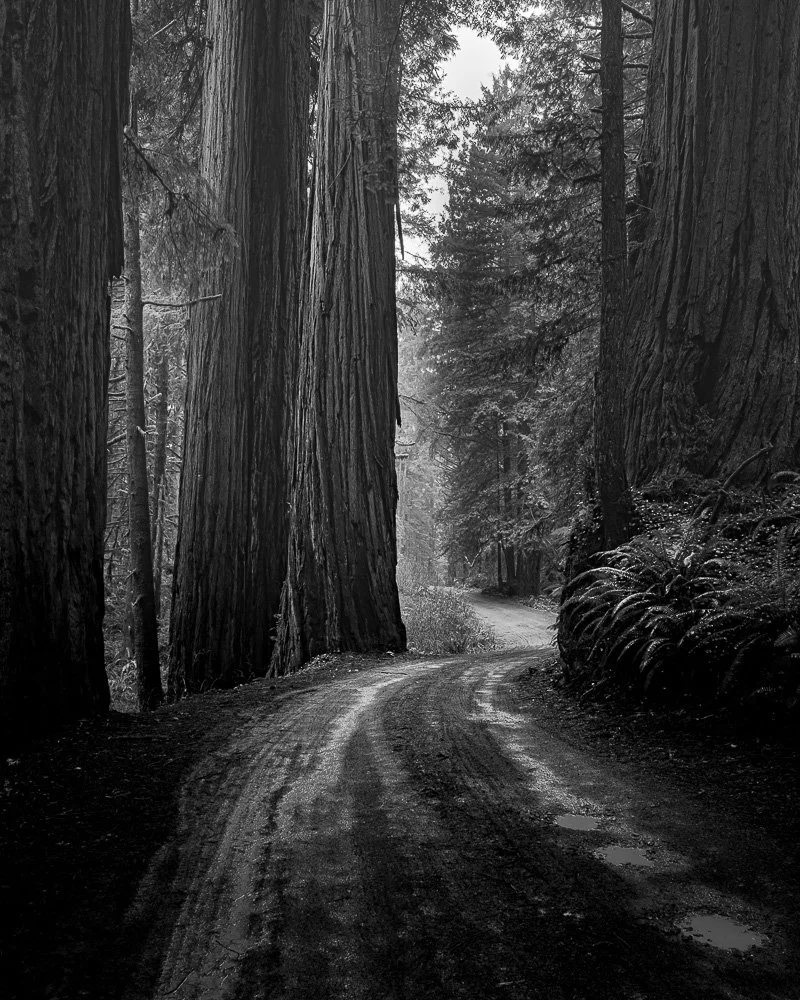Interview
Eric Hagemann
Photography has always captivated Eric. He is passionate about the ability to freeze time, arrange scenes, and manipulate light to realize a vision. When he photographs a scene, Eric envisions its final presentation; image capture and post-processing are his means of bringing his imagination to life. Eric’s fine art images have no objective “correctness”; they embody his artistic vision. He creates images for himself, hoping they will resonate with and inspire others. After a 37-year career in public sector engineering and organizational strategy, he is focused full-time on uncovering dynamic and thought-provoking images. Currently, his interests are exploring and capturing the diverse landscapes of the Western US - from the rugged mountains and plains of Colorado to the arid deserts of Utah, New Mexico, and Arizona.
What is your background and how did you start your journey in the art world?
“I've always been drawn to technology and the way things work. I studied engineering and spent 37 years as an engineer, technical leader, and organizational strategist. But photography has been a constant in my life since I received my first camera at age ten—a gift I still cherish. Creativity runs in my family: my mother and her sister were painters, another aunt was a poet, and our home was filled with my mother's art. From an early age, I was interested in shapes, forms, and their relationships. A core part of my professional life was simplifying complexity and making sense of intricate systems. Photography is how I interpret and simplify the world. The physical world is constant, but each of us experiences it through a unique lens shaped by our senses and life experiences. Photography allows me to share my perspective. No two photographers frame the same scene the same way, demonstrating we all experience a different perspective. One of my favorite lyrics is from the song Saturn by Sleeping at Last: ‘The universe was made just to be seen by my eyes.’ That line captures how I feel every time I make an image. The transition from film to digital photography in the mid-2000s, coupled with my technical background, reignited my passion for the medium. I began exhibiting and selling my work in 2010 and have shown in galleries since 2015. Today, my fine art practice focuses on black and white photography which frees me from the constraints of color and allows for more creative post processing.”
What inspires you?
“Finding shapes and forms that relate well; both in nature and the constructed world. Executing my vision on the captured image to bring my vision to life.”
What themes do you pursue? Is there an underlying message in your work?
“I’m focused on creating dramatic landscape and architectural images, always striving to provide a new experience for the viewer. I am not focused on a message but rather hoping to help the viewer see the world in a different light.”
How would you describe your work?
“My current work is often dark and moody, but only to shape the viewer's perspective. I like to use the full tonal range, using dark tones and negative space to guide the viewer through the image.”
Which artists influence you most?
“I draw inspiration from several black and white photographers, including Huibo Hou, Michael Levin, Joel Tjintjelaar, Domenico Masiello, and Julia Anna Gospodarou.”
“I’m focused on creating dramatic landscape and architectural images, always striving to provide a new experience for the viewer.”
What is your creative process like?
“I’m always exploring and seeking new views. I currently live in the Mountain West of the US, and I never pass up an unexplored dirt road. Previsualization, as described by Ansel Adams, is a crucial part of my process; I envision the desired result when capturing the image. In some cases, I know what I want the final image to look like, but I am still (and always) learning new skills. In many instances, the raw capture has sat on my computer for years while I perfect a processing technique. For scenes that interest me, I will revisit them several times, chasing the light or weather to find the ultimate capture.”
What is an artist’s role in society and how do you see that evolving?
“All artists interpret the physical world. Some produce work that is closer to a view we all share, while others draw from their imagination, shaped by their experiences. Each presentation is a view that adds a new perspective to our shared experience. Appreciating the various perspectives broadens one's view of society and enriches the human experience.”
Have you had any noteworthy exhibitions you'd like to share?
“Although I’ve exhibited my work in galleries since 2015, my most meaningful experiences was my Colorado Luminance exhibition at D’art Gallery in Denver in 2023. The show featured diverse and unexpected views of Colorado, beyond the familiar scenes of snow-capped peaks and wildflower meadows. The thoughtful feedback I received from that exhibit continues to inspire me to seek fresh perspectives, even in landscapes that have been photographed countless times.”
Website: www.erichagemannfineart.com
Instagram: @hagemann.fineart
Other links: www.facebook.com/hagemann.fineart







